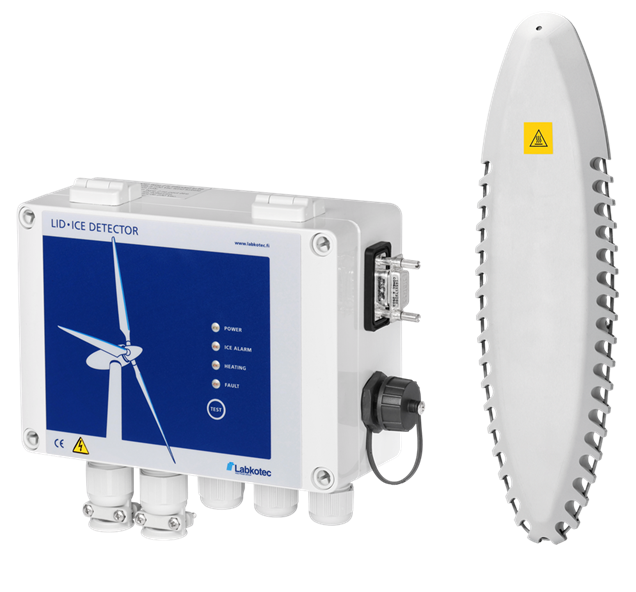
LID-3300IP Ice Detector
Detect icing conditions to increase safety, enhance the productivity of wind turbines and extend their life cycle.
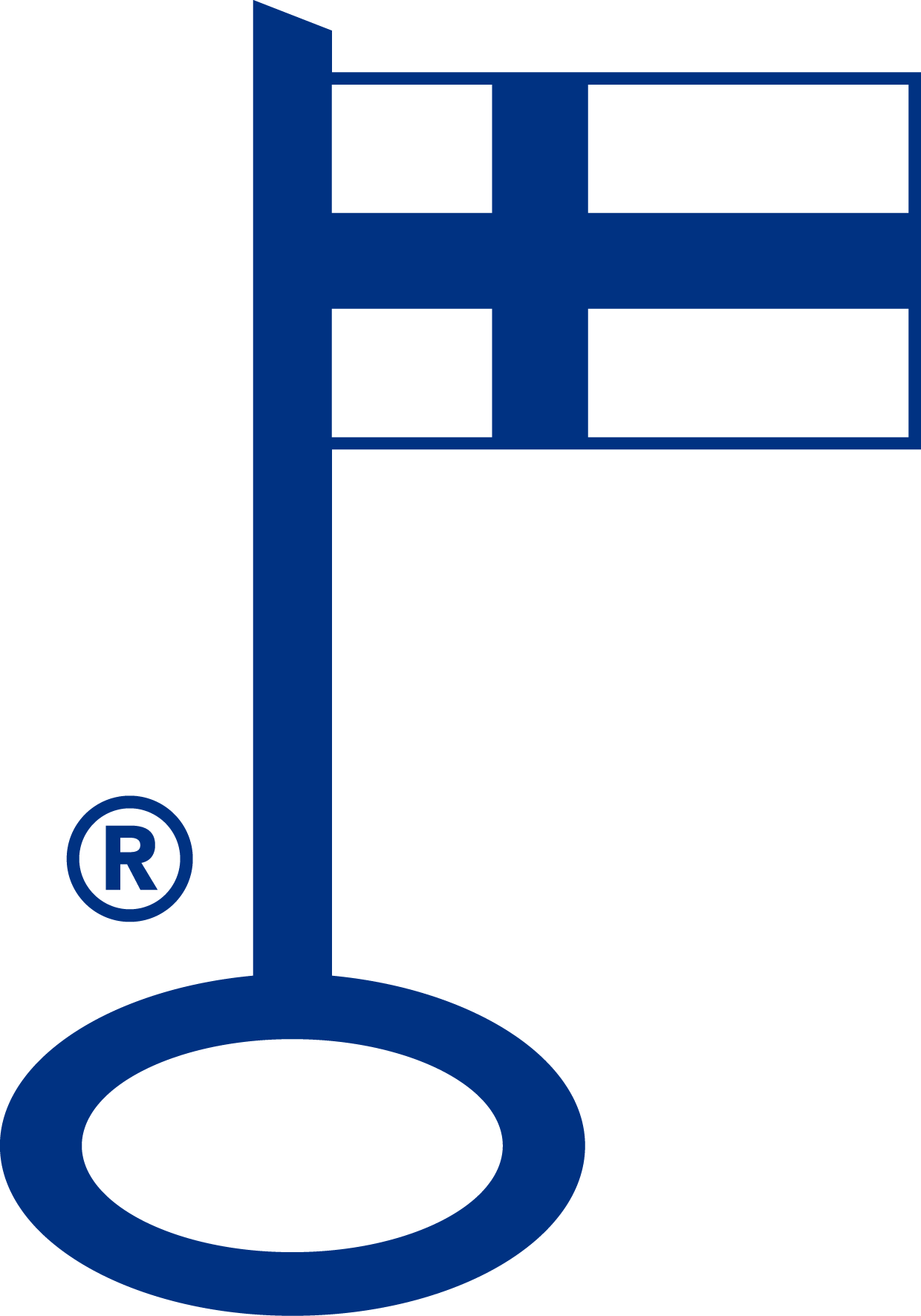
With the world’s most trusted ice detection system with icing intensity estimate, you can enhance wind turbine performance, reduce downtime, and ensure operational safety. Labkotec’s ice detector identifies icing conditions and delivers timely alerts, enabling precise and proactive responses. Stay compliant with safety regulations and protect people on-site from ice throw hazards with Labkotec’s ice warning lights.
Accurate ice detection helps in preventing ice-related damage, and extend the lifespan of the wind turbines. Combined with blade heating, ice detection increases wind turbine operating hours by minimising downtime.
Ice accumulation on the blades poses a significant safety risk to employees and people in the vicinity of the wind park. Ensure compliance and safety of the wind farm area by warning of ice throw hazards using Labkotec ice warning lights.

Detect icing conditions to increase safety, enhance the productivity of wind turbines and extend their life cycle.


Boost your wind farm efficiency with new icing intensity estimate that meets the requirements for real-time ice warning equipment.

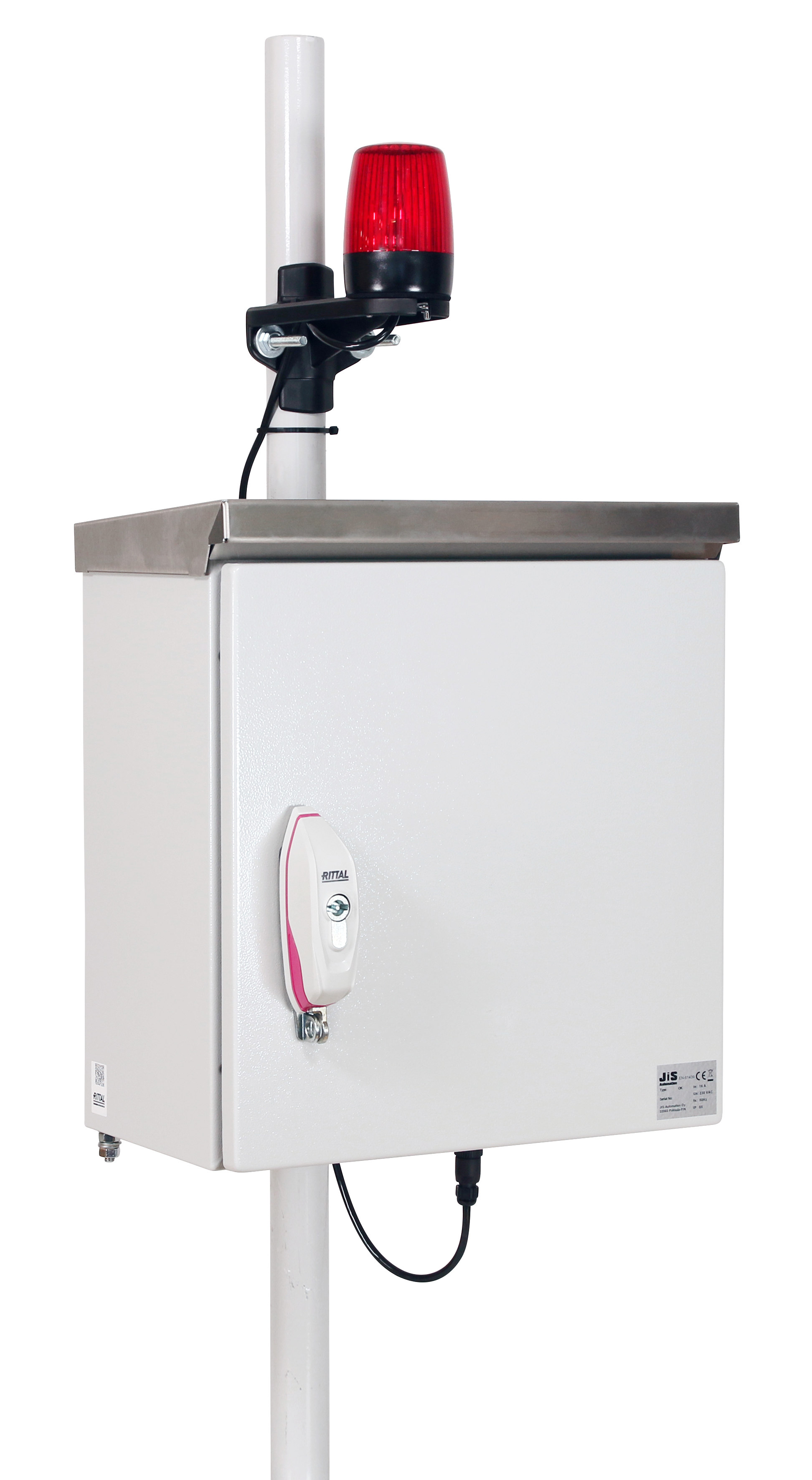
Ensure operational safety of the wind farm area by warning of the ice throw danger with a flashing light.

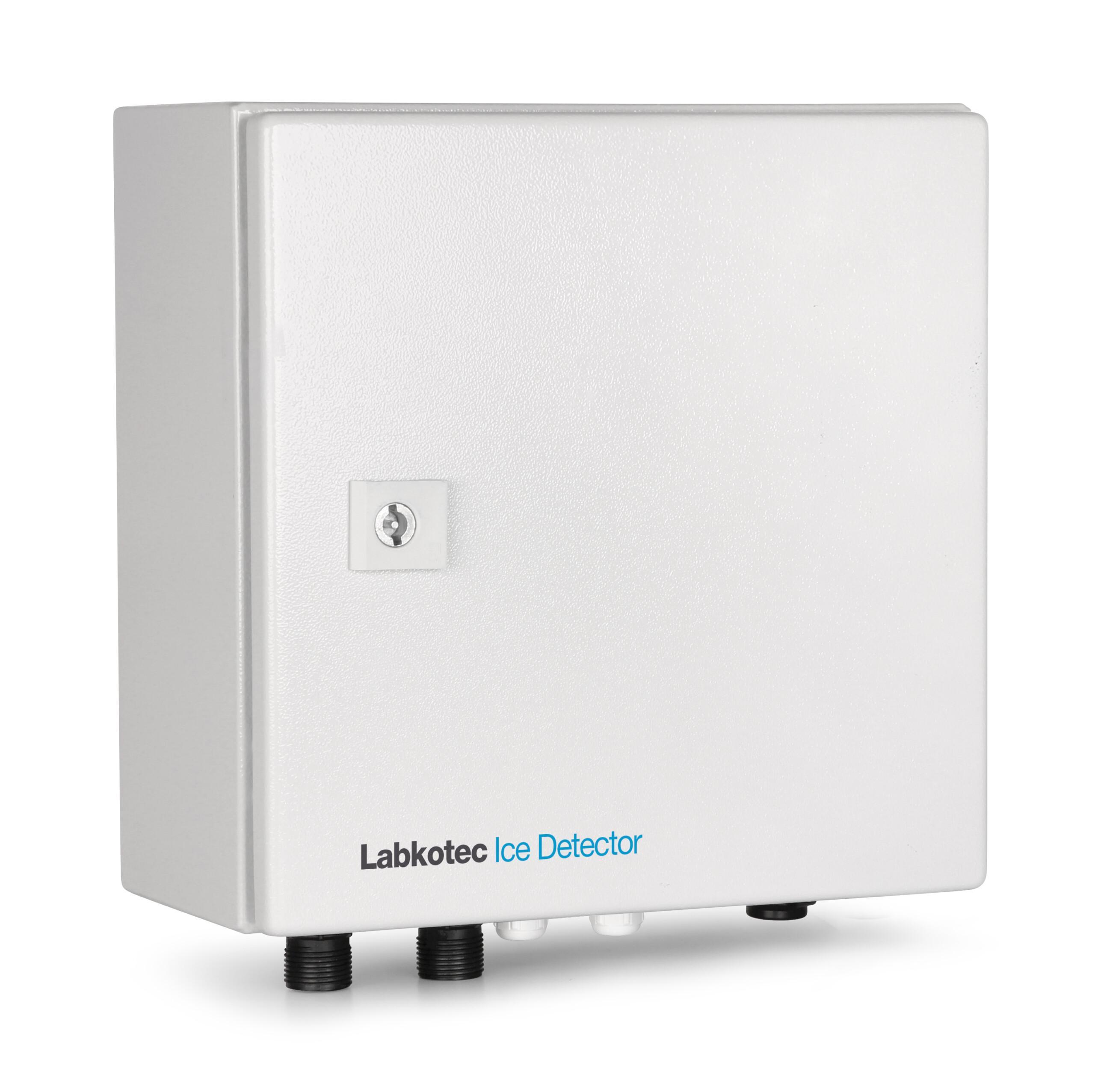
Enhance the durability and operational safety of the ice detector with factory-installed protection package against lightning strikes and overvoltage.

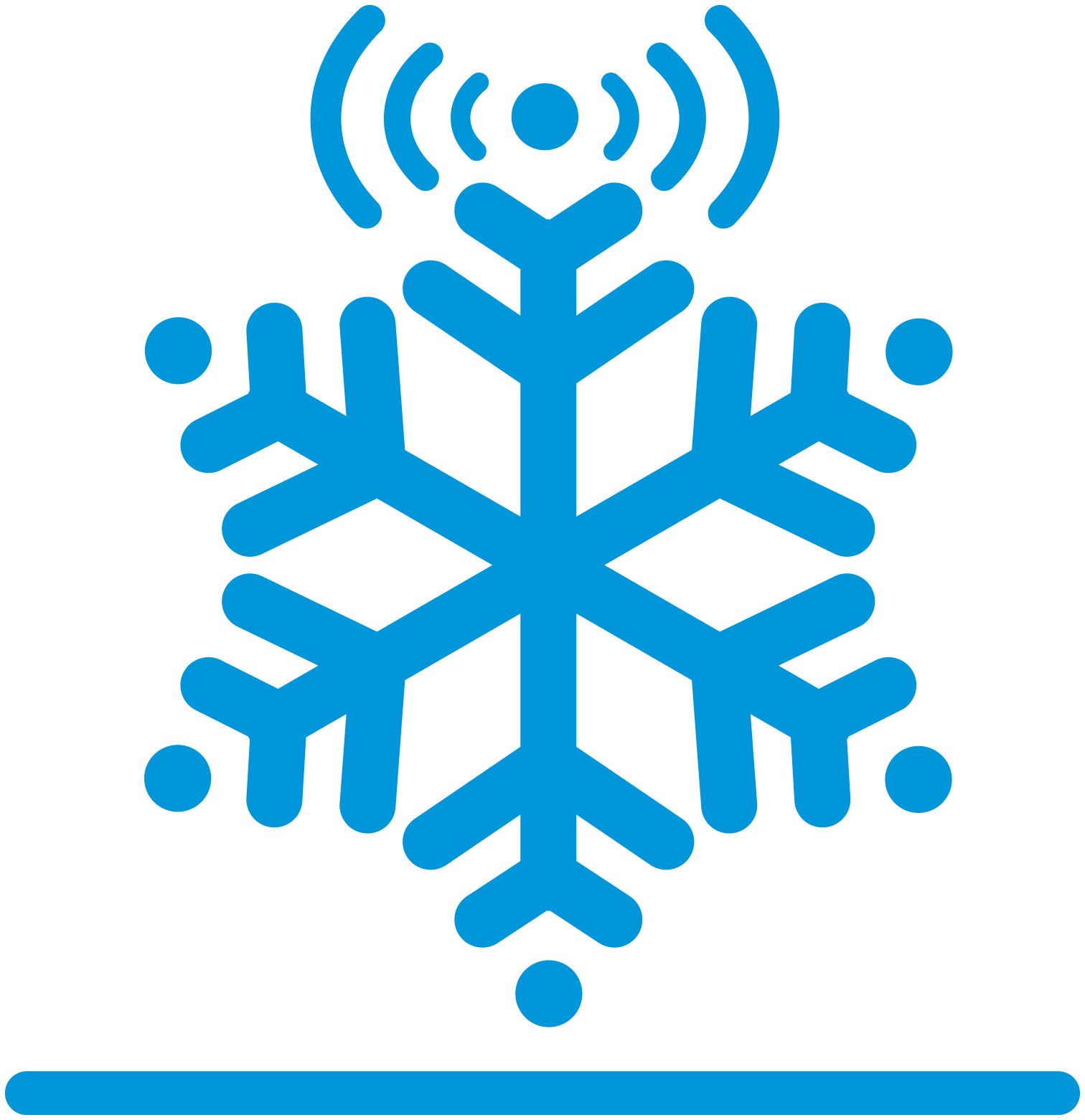
LabkoNet Ice helps manage wind turbine icing efficiently.
The original aim in the early ’90 was to develop a device for detecting hard-to-see glassy ice on the wingtip of the DC-9/MD-80 aircraft. Prototypes were tested with the Finnish airline Finnair and the aircraft manufacturer McDonnell-Douglas was also involved in the development. McDonnel Douglas later abandoned the project due to financial problems.
Simultaneously, Germany and Denmark began constructing wind farms on a larger scale. It quickly became evident that those wind farms needed to be equipped with ice sensors to ensure the safety of both people and property.
Technically, the principle of today’s ice detector is the same as it was in the ’90s, but the software and hardware have, of course, evolved significantly since then. Reliable and secure operation, as well as easy installation, have been integral parts of the product’s development from the very beginning.
The sensor is installed on top of the nacelle. The control unit is installed inside the nacelle.
Typically the ice detector alerts after about 12 minutes when there is ice accumulated on the blade about 100 g/m. By changing the alarm limit can the alarm time be moved.
No, because there can still be ice on the blade after the alarm.